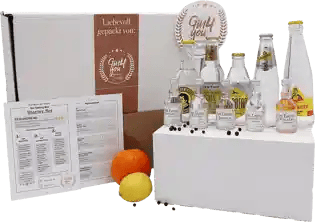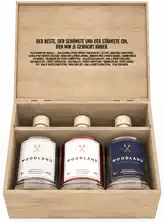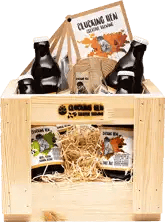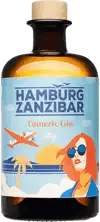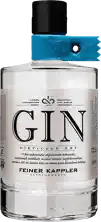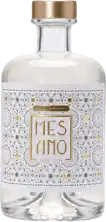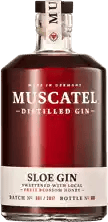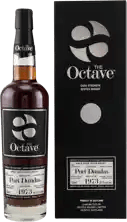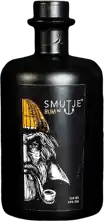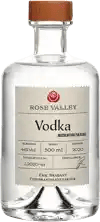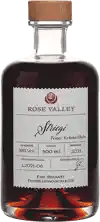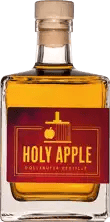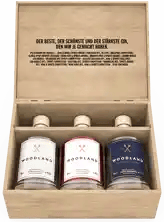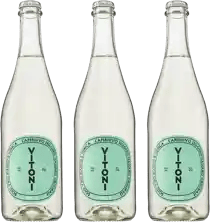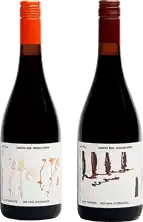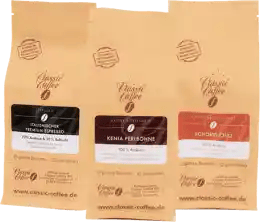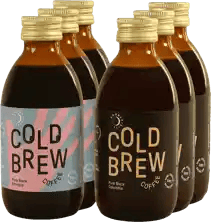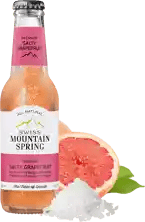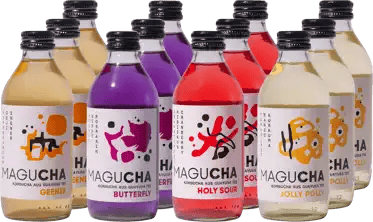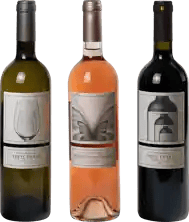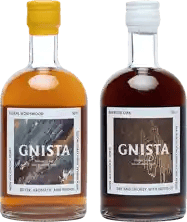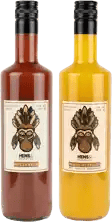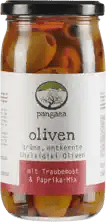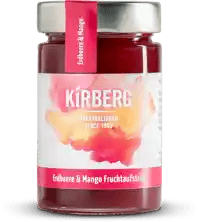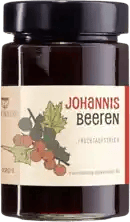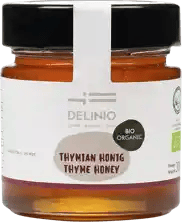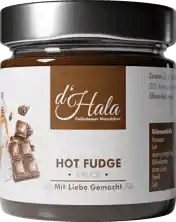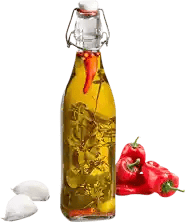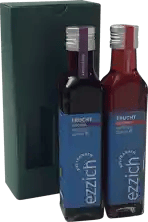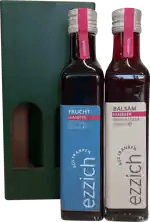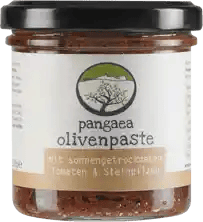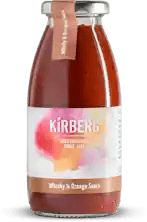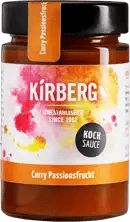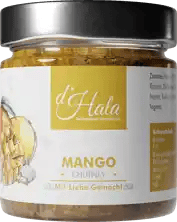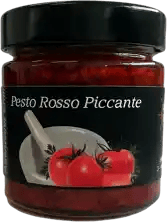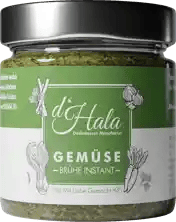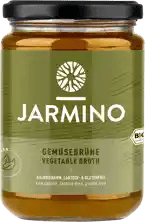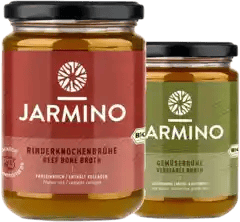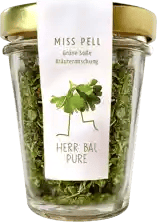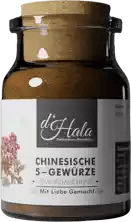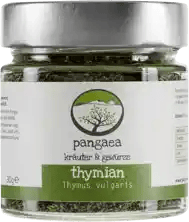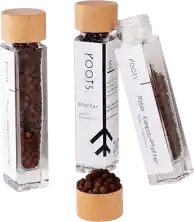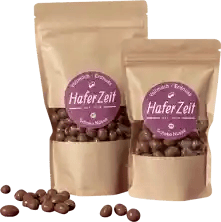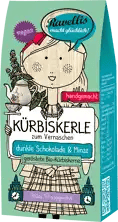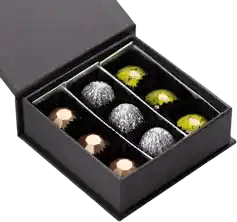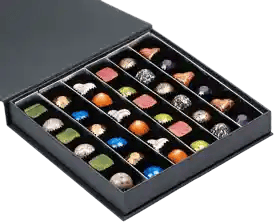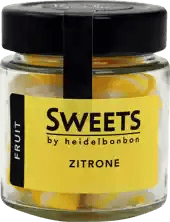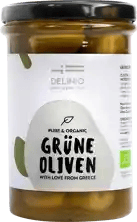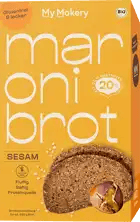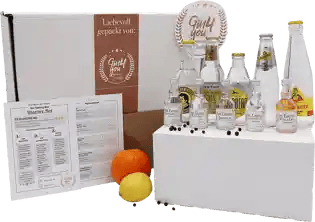Quality instead of quantity!
7,000 independent products
No mainstream
7,000 independent products
Euro 2024: Beer, soccer and singing!

Thesis 1: Football and beer belong together
Sport and beer only contradict each other in theory, because physical performance and health are actually difficult to reconcile with alcohol in large quantities.
And yet soccer and beer simply belong together. At least that's how many people see it. Whether you think that's good or bad.
The majority of us (fortunately, depending on our preferences and goals) are simply spectators.
When an enthusiastic spectator says "I love soccer" or "Football is my hobby", this means nothing other than that soccer is simply pure entertainment for us and, as a medium of entertainment, brings us joy again and again and again.
Whether it is the openness of the outcome, being together with other people or, for some, the in-depth analysis of individual passes in detail that gives us pleasure.
Many fans marinate this enthusiasm with beer. Why actually?
Cinema, theater or a city tour are not only educational but also entertaining. Nevertheless, people tend to drink Coke at the cinema, maybe a Prosecco at the theater, but often nothing at all because many theaters have no drinks facilities. And on a city tour - no idea.

Alcoholic drinks, and beer in particular, and soccer are almost inseparable for many people. That goes for spectators and players. You would probably only have to drive past a clubhouse on a Thursday or Friday evening after the men's training session to witness it.
The drinks are often accompanied by a barbecue. Bratwurst and steaks on bread. Nowadays, perhaps grilled vegetables or vegan barbecue alternatives here and there.
A glance at the stands in the stadium or at any championship, promotion or non-relegation celebration in the Bundesliga is enough. What do people typically shower with on camera? Beer, of course.
What image do we have in our heads of the 2006 summer fairytale and the Berlin Fan Mile or the many other public viewing venues? Of course, happy people with a beer in their hands. Often two.
Leisure, entertainment and enjoyment all go hand in hand. So when watching soccer, you also want to provide yourself with delicious food and drinks.
This union of alcoholic cold drink and soccer may have evolved historically. Perhaps because beer is isotonic. Perhaps because players or spectators enjoy the slight intoxication due to the excitement. Perhaps because World Cup or European Championship tournaments take place in summer and you need to cool down.
But above all:
1. sports and soccer highlights are a reason to celebrate. This includes drinks.
2. soccer is a popular sport in Germany and beer is a popular drink. If the two groups overlap due to their sheer size, a lot of beer flows during soccer.
Thesis 2: The world of enjoyment in 2024 is completely different to that of the 2006 World Cup
Compared to 2006, the per capita consumption of alcohol has fallen significantly.
In 2006, the year of the World Cup, per capita beer consumption in Germany was still 116 liters, according to the German Brewers' Association.
In 2022, the figure was only 91.8 liters. And since 2014 (World Cup!), non-alcoholic beers and malt beer have also been included in the calculation. Which makes sense, of course, because non-alcoholic beer is also just beer.
Nevertheless, the decline of almost 21% shows how the world of consumption has changed since then.
Ongoing trends such as health, general awareness of alcoholic beverages and, above all, the many newer alternatives have contributed to this.
While in 2006 there was still something like the clever marketing water with extra oxygen - in various flavors - the world of soft drinks is a completely different one today.
In addition to Coke, Fanta and Sprite, there are a number of flavored waters, lemonades and even a range of different tonic waters. The latter sometimes in small, sometimes in large bottles, sometimes in plastic, sometimes in glass; and even here with different flavors. With tonic water!

Terms like "craft" were not yet a thing in Germany. At most, the US hobby brewer scene had already taken the first steps and initiated the subsequent rise of craft beer.
Gin was not yet represented with dozens of styles and options on the drinks menu of every cocktail or hotel bar.
Even spices, sauces, soups, oils or chocolates from manufactories or regional production were not yet as popular as they are today, at least not in cities.
"Organic" became more and more present in food shopping. However, the focus on quality when buying food and snacks only followed some time later.
This is also due to the fact that"mainstreamization" only really took off in the 1990s and accelerated further in the 2000s.
Cost reduction and margin optimization were (or are) the order of the day with growing prosperity in society, and thus more and more people with purchasing power.
Animal welfare was an issue for individual, small minorities.
The death of manufacturing was not so long ago, and in some industries it was still in full swing.
Take coffee, for example: around 50 years ago, the number of specialty roasters fell from 2,000 to less than 100 due to large industrial groups.
According to the German Coffee Association, the number of small, regional coffee roasters has risen again since 2010 to an estimated 800 to 1,000.
Nevertheless, the few large, multinational coffee companies account for over 80% of the supply in Germany. The much larger group of roasters only has a small slice of the cake.
Wineries in Germany also experienced a concentration in the 1990s. While there were still around 27,000 at that time, the number fell to under 20,000 in the 2000s.
Same game: the bigger ones buy the smaller ones away.
It was a time when we took little interest in how and where our luxury products came from.
The number of breweries in West Germany in the 1950s was also still around 2,000 and was only 1,282 in Germany as a whole in 1995, before rising again pretty much from 2007 and reaching around 1,500 in 2023.
Of course, this figure is not being driven up by new large breweries, but by microbreweries and microbreweries that often identify themselves as craft beer.
This turnaround in our preferences for food and drink can be seen everywhere: more and more vegan, more and more organic, more quality instead of quantity, more handcrafted and handmade, more regional and local instead of something from somewhere.
One megatrend is particularly new: non-alcoholic beer and non-alcoholic spirits are booming.
More and more people are enjoying non-alcoholic cocktails or drinks and are open to the many new alternatives on the market. This will become even more the case in the coming years.
If the claims up to this point are correct, then we should see more variety of drinks in the hands and throats of connoisseurs at the 2024 European Championships - as well as fewer drunk people.

Thesis 3: Time for things to change
The world today is certainly far more complex from an individual's point of view than it was a few decades ago. This is simply due to the constant flood of new data and information as well as the variety of digital offerings and constant accessibility.
However, in many respects it is not worse than it used to be, but in many respects far better, if you want to rely on some statistics. Even if, with all the events taking place around the world and today's instant knowledge of everything, it is easy to intuitively believe otherwise.
However, you don't have to suppress this intuition or emotion. People in a group (often) have a good sense of what is right and what is wrong.
Dissatisfaction with injustice is not wrong, because every injustice that leads to suffering is one too many and we must constantly work to avoid it.
Every country, every society deserves a break in the midst of problems, worries and fears. Be it festivals, religious or national holidays, political successes or major sporting events.
Thesis 3 is therefore not really a thesis, but a demand. Or a wish.
This wish is currently shared by many people in Germany. Conversations among family and friends as well as TV reports and documentaries full of memories of 2006 are full of this wish.

This wish turns into anticipation. Anticipation of a shared celebration that unites not everyone, but a great many people.
A thing that is shared. Even if you don't like soccer.
Just the occasion to get together, to celebrate, to be in a good mood instead of a bad mood.
Maybe even working a few hours less a day, and yet looking back, not having been any less productive.
Looking at something that unites us all. It's not for nothing that some political decisions are made in the shadow of European or World Cup soccer matches. Well, who needs it.
But also the desire for shared success that unites us. Both in sporting terms and as hosts, to present ourselves well and openly and to make people want international friendship, peace and cultural exchange.
This is exactly the time we are now looking forward to.
With beer, soccer and singing!
Or just today: Non-alcoholic gin, soccer and singing!
Recent articles
-
18 JunMarder Edelbrände: Germany's best single malt whisky
-
06 JunEuro 2024: Beer, soccer and singing!
-
06 JunThe 11 best gins for the 2024 European Championship summer
-
29 MayThe art of fermentation: discover the amazing benefits for your health
-
28 May"It sounds crazy, but it tastes fantastic!" - Interview with a pizza chef
-
27 MayA little closer to the Baltic Sea with every sip - a portrait of 54°NORD Gin
-
30 AprLemon juice - the all-rounder for the kitchen, bar & co.
-
25 AprWhat is kimchi? Korea's fermented vegetables
-
23 AprMoon Spirits Premium Dry Gin - a gin like moonlight
Brilliant!
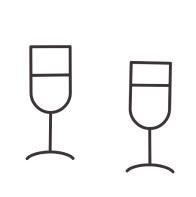
Bitte bestätige deine Anmeldung noch eben - du hast eine Bestätigungsmail von uns. Klicke darin auf den Link. Danach bekommst du deinen Rabattgutschein.

